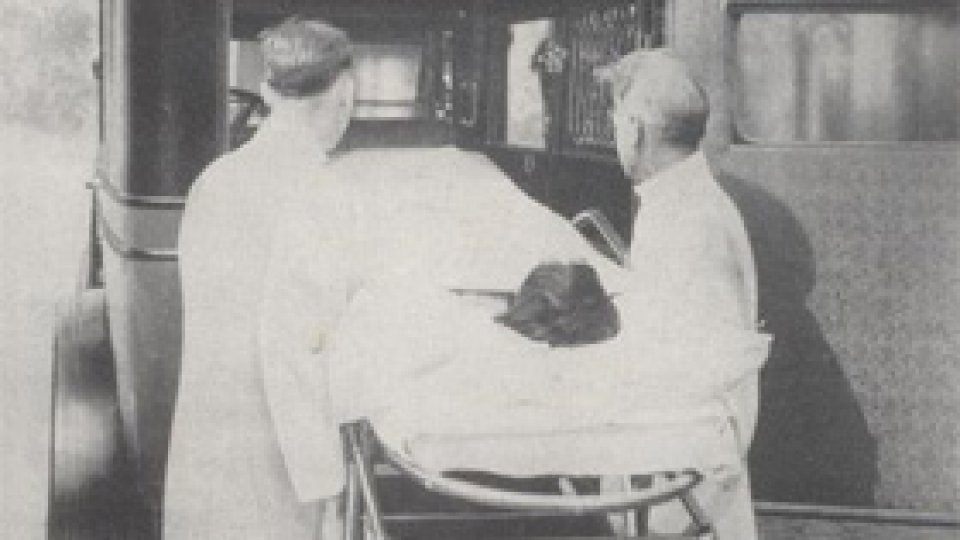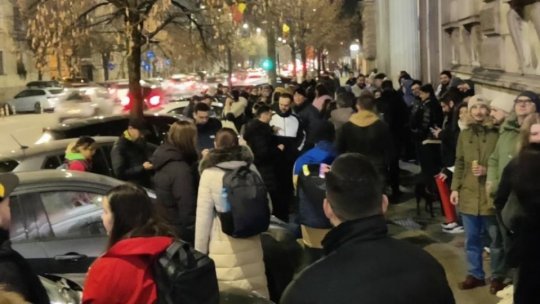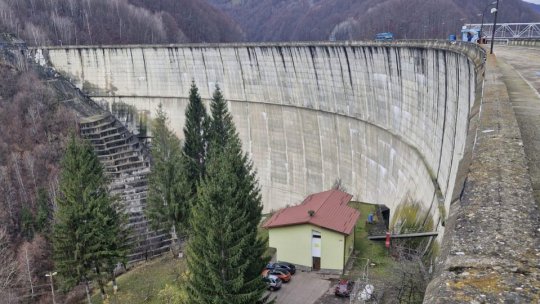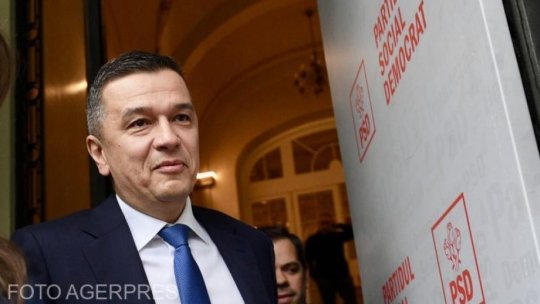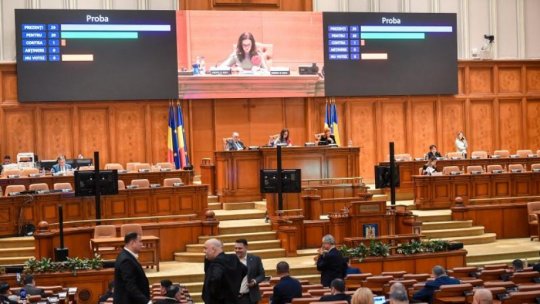Emergency – in retro steps
‘The Father’ of the Ambulance.
Articol de Mihaela Letiţia Crăciun, 04 Aprilie 2011, 18:18
Today we wind up the clock of medicine back to 1906 in order to recompose the past of the first Emergency Hospital in Romania out of history particles.
In here there is a world of scrubs from the Emergency Medical Service (EMS) to whom the Hippocratic Oath was never amputated words.
SMURD Ancestor, the first in the Balkans
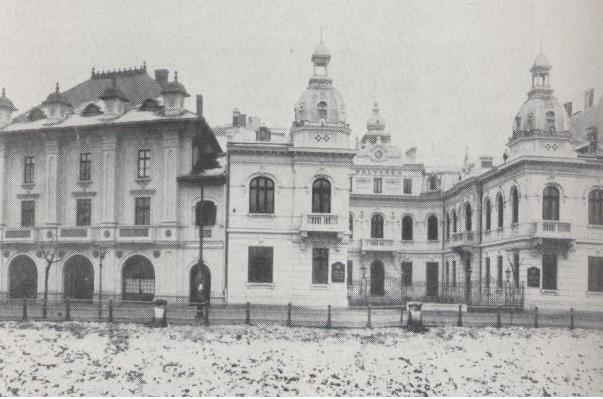
Stethoscopes around their necks, these professionals were familiar with what death meant and to them deontology was at the top of their ‘personal’ scale.
The year 1906 or the Birth Certificate of the First Emergency Society in the Balkans, the official nomenclature of EMS at that time.
On the right bank of Dâmboviţa there was once a big building ‘with two floors and three wings’ whose white gable read in black letters: Emergency Hospital. The building from 1905 (photo) was destroyed in 1944 bombing.
Always there to help anyone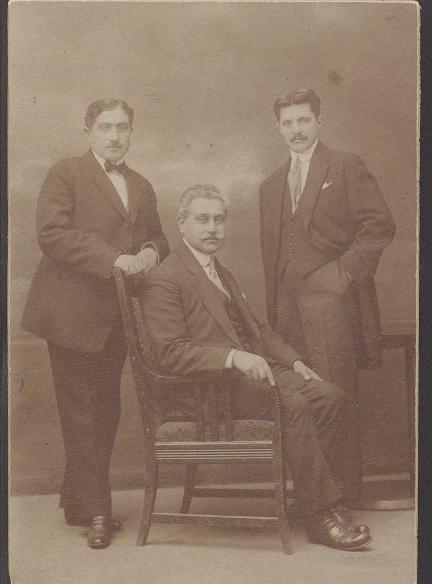 The initiative belongs to Professor Nicolae Minovici. Who was Nicolae Minovici?
The initiative belongs to Professor Nicolae Minovici. Who was Nicolae Minovici?
The philanthropist doctor, who was also an university professor and the mayor of Băneasa, set up the Emergency Society in Bucharest, whose motto was ‘Always there to help anyone’.
Dr. Nicolae Minovici turned to the senior students of the Faculty of Medicine for a rather new field at that time: emergency in case of accidents.
Director and founder of the Emergency Society, Mr. Minovici offered them ambulances, surgical kits and all his knowledge. The first step in this rather new field had therefore been taken.
One house officer always prepared to go to Level I emergencies, was Dr. Ştefan Anastasiu.
The horse-drawn ambulance arrived at fire sites even before the fire-fighters did: ‘As an Emergency Hospital house officer I became so anxious that many times I broke the rules and drove the ambulance myself, especially in cases of suicides or serious accidents. (…)
Our director told us we could kill all his horses, as long as we got to the accident site as fast as possible’, the doctor at the Emergency Hospital wrote at that time.
The third Emergency Hospital in the world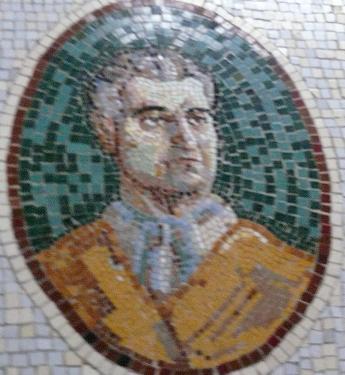 After setting up EMS, it doomed on Nicolae Minovici that the healthcare system needed another kind of hospital, which would take patients brought by the public ambulances at any hour of the day. This hospital, Dr. Minovici believed at that time, should play a strategic part in the public healthcare system.
After setting up EMS, it doomed on Nicolae Minovici that the healthcare system needed another kind of hospital, which would take patients brought by the public ambulances at any hour of the day. This hospital, Dr. Minovici believed at that time, should play a strategic part in the public healthcare system.
The hospital was open at the end of 1933, by a Ministry of Health decision supported by the institution’s Secretary General Constantin Deculescu.
That newly formed nucleus was to be coordinated by Dr. Iacob Iacobovici. The official opening took place a year later, in front of state officials.
Few people know that the man in The Bell House took a mortgage on his own home so people in Bucharest could be have a chance at a healthy life.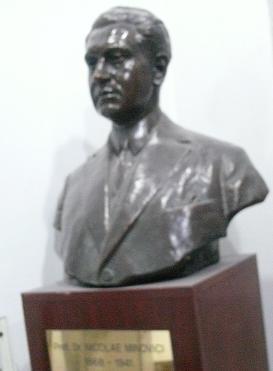 The hospital was financed by the philanthropist doctor for 30 years, although according to the law that was the duty of the City Hall.
The hospital was financed by the philanthropist doctor for 30 years, although according to the law that was the duty of the City Hall.
Apart from their health, Dr. Nicolae Minovici gave another thing to the people of Bucharest: his own fortune. He donated his house and folk art collection to the Bucharest City Hall in 1934.
Initially erected right on the bank Dâmboviţa, the first permanent Emergency Hospital in Romania and the third in the world, after those in Moscow and Buenos Aires, the hospital conducted its activity in the EMS building.
The hospital for the masses had a surgical floor with 60 beds. Everyone received medical care, regardless of their financial situation.
Improbus Labor Omnia Vincit
The idea of an emergency hospital was constantly on doctors’ minds. ‘This hospital is not meant to compete with others. On the contrary, it completes them and offers efficient and immediate help to surgeons or patients’, documents from that time read.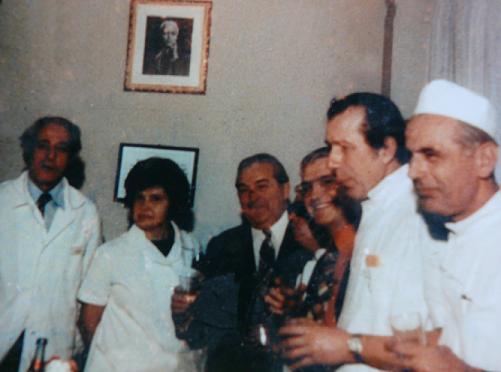 The annual statistics of the Emergency Society confirmed that: ‘The data prove that for 27 years, 80-90 percent of 100 food poisoning cases were solved, due to its prompt response. On the other hand, 70-80 percent of cases that require emergency surgical interventions to head, chest, stomach or limbs result in death, since there are not any permanently open hospitals’.
The annual statistics of the Emergency Society confirmed that: ‘The data prove that for 27 years, 80-90 percent of 100 food poisoning cases were solved, due to its prompt response. On the other hand, 70-80 percent of cases that require emergency surgical interventions to head, chest, stomach or limbs result in death, since there are not any permanently open hospitals’.
1944 was a dark year for the Romanian healthcare system. The hospital’s building on the bank of Dâmboviţa was destroyed by German bombing on 24 August.
The Clinical Emergency Hospital moved on the Calea Floreasca in 1949. It gradually increased its capacity by 150 beds and received modern equipment.
Shortly after, the first toxicology unit was open. It received 100 patients in the first month alone.
Volunteer Doctors
Managed by the Emergency Society, the hospital was open from 2 pm to 6 am.
The Emergency Hospital was run by surgeon M.D. Iacobovici, assisted by seven surgeons, seven house officers – medicine students or even junior doctors that had not yet finished their training, nurses and non-medical staff.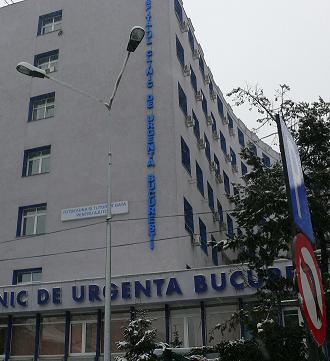 The entire medical staff worked for free for a period of time, so as to assist patients at any time.
The entire medical staff worked for free for a period of time, so as to assist patients at any time.
New units were open: the intensive care unit, the orthopaedics and the internal medicine units, which accommodated 400 patients.
When Bucharest developed and its population increased, the old building of the hospital became too small, so in 1960 a new seven-storey wing is added. The new wing included a three-unit surgical clinic, an intensive care unit and an on-call room.
In 1969 the hospital could accommodate up to 600 patients. A while after that, the first on-call room was set up in that wing.
The hospital offered students a place to learn and practice medicine, especially surgery. In time, the hospital gained popularity among graduates and postgraduates.
Health, bit by bit
1992 was a turning point in the history of the hospital: Dr. Alexandru Bucur took over management. His name is closely linked to the development of the hospital in Calea Floreasca.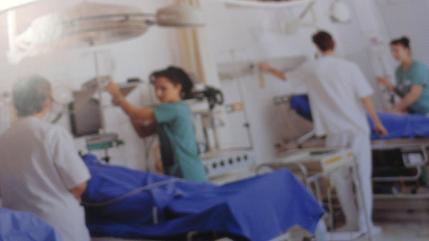 In the beginning he reorganized the hospital units and opened new ones, in order to meet the wide range of illnesses encountered in emergency cases.
In the beginning he reorganized the hospital units and opened new ones, in order to meet the wide range of illnesses encountered in emergency cases.
The first separate cardiology unit, with a 10-bed coronary care unit, was set up.
A neurosurgery unit, plastic and reconstructive surgery and cardiothoracic and vascular surgery units were next in line. Meanwhile, the toxicology and gastroenterology units developed.
Another important step in the hospital’s evolution was setting up in 1997 an on-call room where severe cases received complete care.
Specialized care required focus, patience, professionalism: three emergency specialists, assisted by four house officers.
The medical staff admited patients 24/7. Three nurses for major emergencies, plus two from each department. The novelty was that the patient did not have to be moved from one unit to another in order to be diagnosed, and investigations no longer took four days.
The patient was quickly diagnosed and sent to one of the units.
Tailor-made model
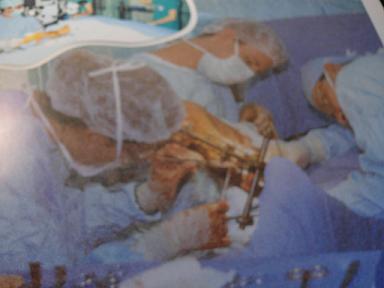
Alexandru Ioan Bucur took a leap of faith and gave private medical services a chance. Every lot in the hospital was exploited, so Bio-Medica opened, at first, five wards.
That was something new for those times (1997) and for the healthcare system as well and, in the end, it proved a success.
The Emergency Hospital gained wide recognition under M.D. Alexandru Ioan Bucur management. He did not receive any appreciation from the medical world, except only from the hundreds of patients who put their lives in his hands.
The rest is just memories of a surgeon who offered the Emergency Hospital a European certificate.
How does the former manager see the reform of a sick healthcare system? Tailor-made and adapted to our society.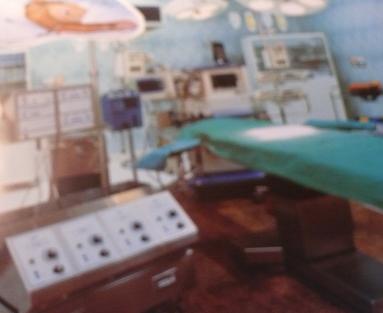 ‘All countries have increased costs, corruption is more obvious and hospitals are understaffed and about to crash for lack of investment.’
‘All countries have increased costs, corruption is more obvious and hospitals are understaffed and about to crash for lack of investment.’
‘The financial reform in the healthcare system will never go off the political agenda of former socialist state governments.’
‘Economists and experts at the WHO have focused too much on finding new financial resources and too little on rethinking the existing budget. Foreign investment can only help the system, not change it.
Romania has adopted the German Bismarck system, but we should try combined systems that help each other, such as the English Beveridge system. Each country will have to create its own system, a tailor-made model’, M.D. Alexandru Bucur, former Emergency Hospital manager, believes.
‘A second heart’
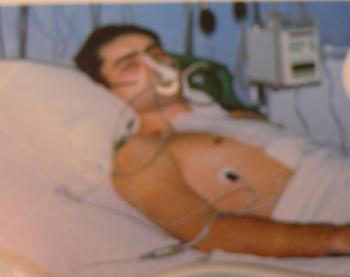
The first heart transplant in Romania was successfully completed by Dr. Şerban Brădişteanu and his team on 24 October 1999. The team achieved that before important cardiac surgery centres.
The first patient to receive a new heart was Paul Corjăuţeanu (photo). That was ‘the engine that set the Romanian transplant machine in motion’, Dr. Brădişteanu said.
In 2005 the series of new acquisitions continued with a two-million-euro robot device that the doctors can control from a distance and which allows for more efficient and less intrusive interventions.
The robot, new to the R medical school, was first used in 2007.
In time, the hospital opened an orthopaedics unit with three departments, and new internal medicine and cardiology units.
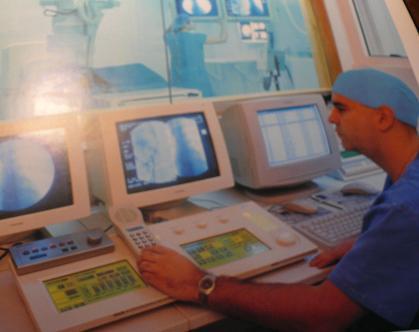
The new wing had four operating units, with three operating rooms each. The Emergency Hospital thus became a turn-to centre for car-accident victims.
Dr. Bucur also established new units: neurosurgery, reconstructive and plastic surgery, vascular surgery and cardiac surgery.
The toxicology unit was separated from the internal medicine unit, and a gastroenterology unit was created in the internal medicine clinic. The hospital then received hi-tech investigation equipment and increased its number of beds to 725 due to a series of Government programmes and an agreement with the Japanese Government.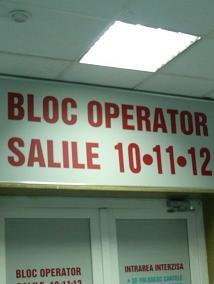 The Emergency Hospital is currently undergoing some changes, with a little help from the City Hall. The anaesthetics and intensive care unit are being refurbished, from walls and ventilation system to the number of beds.
The Emergency Hospital is currently undergoing some changes, with a little help from the City Hall. The anaesthetics and intensive care unit are being refurbished, from walls and ventilation system to the number of beds.
Expansion and space reconfiguration, ventilation systems and medical fluids distribution systems are all on today’s agenda of those trying to talk less of illness and more of health.
The space gained by building an attic in wing E of the building is going to be used for a new reconstructive microsurgery department.
Day by day
February 2010: For five days I watched the world between life and death.
Between ambulances and the urgent care unit: havoc, tears, faces and lips uttering “oh!”
I saw pariahs who did not belong here. House officers – dirty old men squatting down to have lunch. They were just looking for shelter, yearning for illness.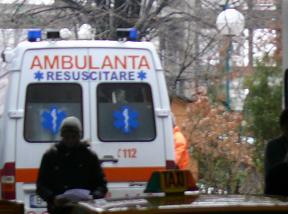 I heard loud words coming from the mouths of Roma people: “fines” and red cards for doctors. The “refinement” brotherhood: vile and unfair.
I heard loud words coming from the mouths of Roma people: “fines” and red cards for doctors. The “refinement” brotherhood: vile and unfair.
I did not see any patient searching their pockets for money. No ethnic with luxury items.
Today, yesterday and even the day before that, doctors at the Emergency Hospital stay professional and keep bribery at an arm’s length in the name of personal austerity.
The old photographs have been offered to us by Historian Adrian Majuru, coordinator of the “Dr. Nicolae Minovici” Folk Art Museum.
The photographs from the Floreasca Emergency Hospital have been offered to us by M.D. Alexandru Ioan Bucur, former Floreasca Emergency Hospital manager.
Many thanks!
Translated by: Gabriela Lungu
MA Student, MTTLC, Bucharest University

